Source: Harper
Paperback, 351 pages
I am an Amazon Affiliate
Ellis Island by Kate Kerrigan is a historical fiction novel set in the 1920s when Ireland is fighting for Home Rule, and Ellie Hogan makes a bold choice to accept a job in New York City to raise the money her husband needs for an operation. Ellie is not like the other members of her school group; she dreams of fine things and a life outside her little village of Kilmoy. Her childhood friend, John, and his family become like a surrogate family for her, showing her the kindness she lacks from her own parents who are so insulated that they forget to hug their daughter and encourage her. Her friendship soon blossoms into love, a childhood love that becomes a motivation for her to impress, to move beyond the bounds of her family.
“I hated insects, but I wanted to feed the blue tit, and I wanted to impress him. So I kicked back the rock, picked up a wood louse between my thumb and forefinger and carefully placed it into the bird’s open, hungry beak. As it swallowed it back, I touched the top of its little head with my finger and felt how small and soft and precious it was. I looked at John and my heart flooded through. It was the first time I remember sharing love with somebody.” (page 8)
Young love can be passionate and sometimes it can be ever-lasting. Because Ellie has finally shared love with someone, she’s able to lock it away inside herself, stoking its growth even when hundreds of miles separate them. She makes that hard but necessary choice to leave her Irish home to earn the money John needs after he’s injured while part of the Irish Republican Army. It is this love she turns to when she worries about what lies ahead in a strange country, and it is what she holds onto when she makes frightening decisions that lead her out of servitude into the life of a career woman. What had been a year commitment soon turns into something much more, but Ellie is ill-prepared for the challenges and temptations before her.
Kerrigan has done her homework, and it shines in the small town feel of Ellie’s Irish home where everyone knows everyone and their business, and where judgments of families’ past actions still haunt the newest generations. The harsh realities of fighting for independence from British rule are present as John fights for what he believes. Her trip to NYC and her experiences with Ellis Island and the immigration process feel real, and readers will be just as awestruck by the city as Ellie is. More than anything, Kerrigan’s novel is about the search for something just over the horizon, obtaining it, and bringing it back to the family and friends who need it most.
“Ireland was in my heart, but under my feet was America.” (page 128)
Ellis Island by Kate Kerrigan is an immigrant story that requires the deepest of sacrifices and commitments but the growth Ellie experiences make her a better woman, capable of selfless generosity even when she has so little. She’s grown into a woman her father and mother can be proud of, even though she didn’t go about the way that they would have preferred.

Kate Kerrigan is an author living and working in Ireland. Her novels are Recipes for a Perfect Marriage which was shortlisted for Romantic Novel of the Year in 2008 and been translated into 20 languages, The Miracle of Grace, which has been adapted as a film script with funding from the Irish Film Board and Ellis Island, the first of a trilogy which was selected as a TV Book Club Summer Read in Britain and launched in the U.S. with Harper Collins in July 2011. Its sequel City of Hope is published by Pan Macmillan in Britain and scheduled for publication in America by Harper Collins in 2013.
This is my 1st book for the Ireland Reading Challenge 2013.
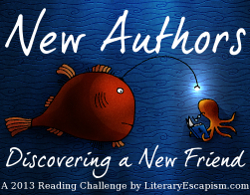



 About the Author:
About the Author:
 About the Author:
About the Author:

 About the Author:
About the Author:
 About the Author:
About the Author: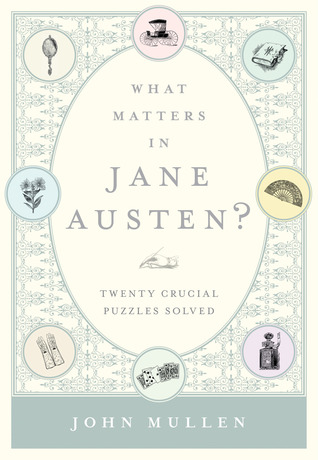

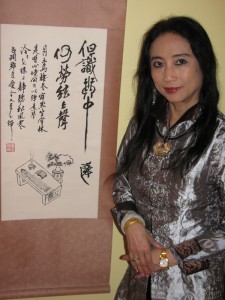 About the Author:
About the Author: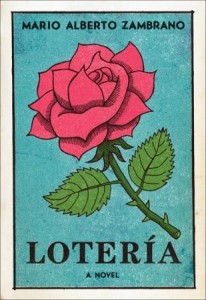

 About the Author:
About the Author: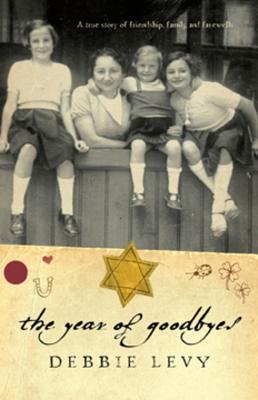
 About the Author:
About the Author: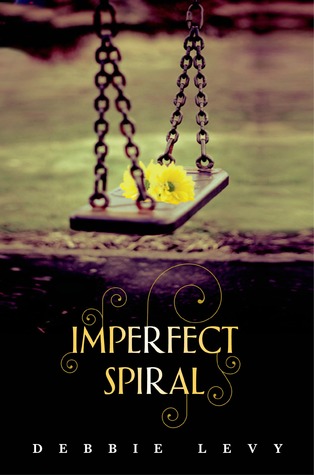
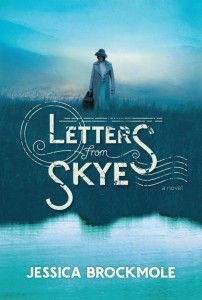
 About the Author:
About the Author: About the Author:
About the Author:
 About the Author:
About the Author:


